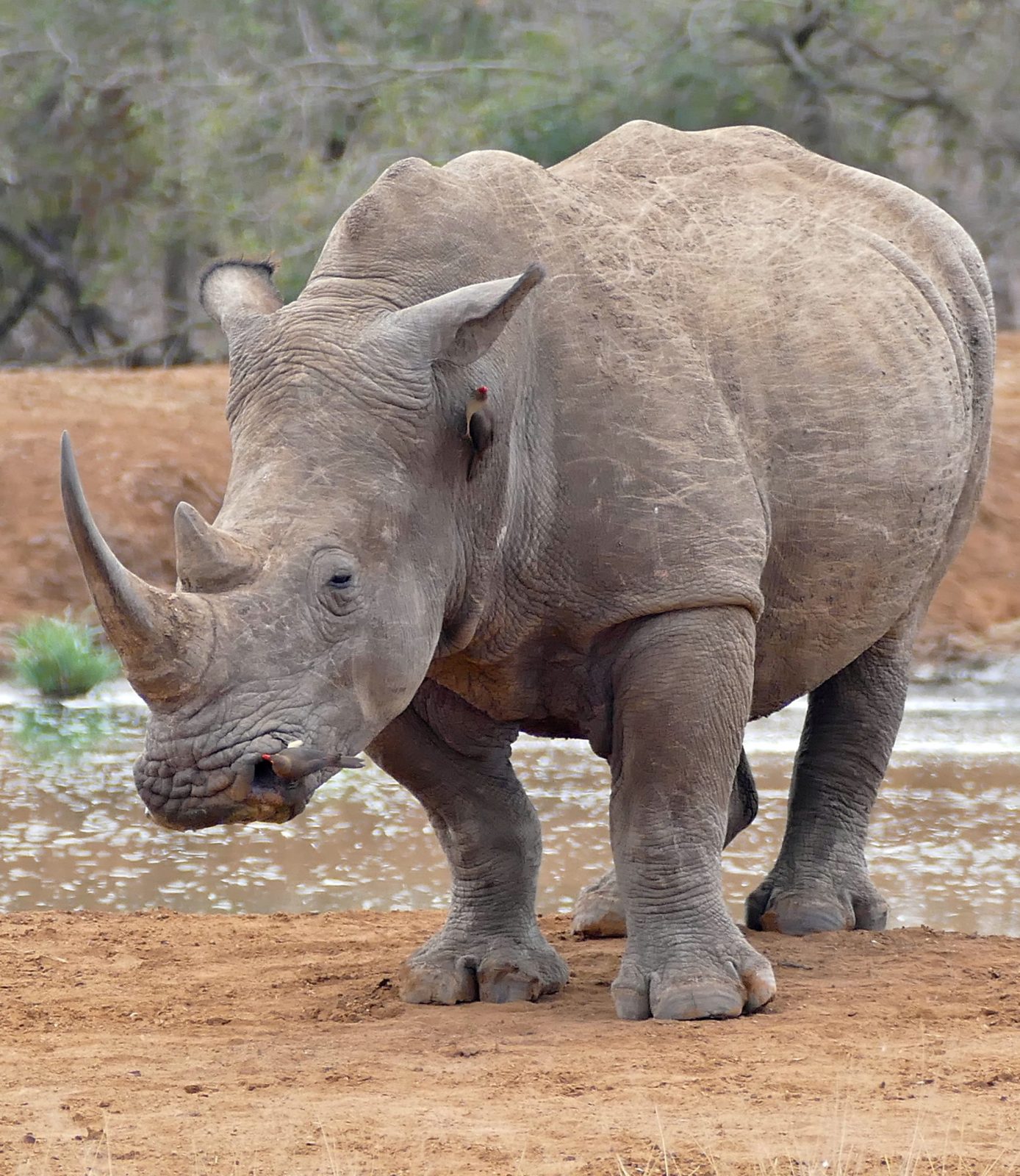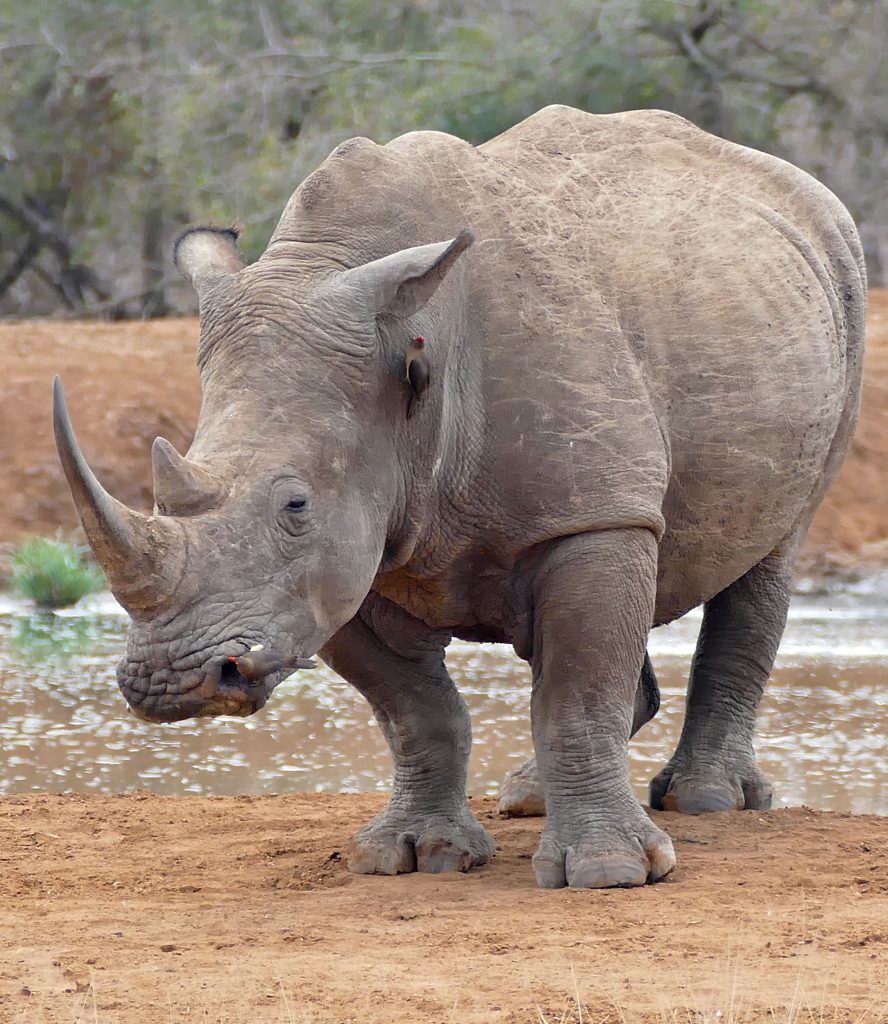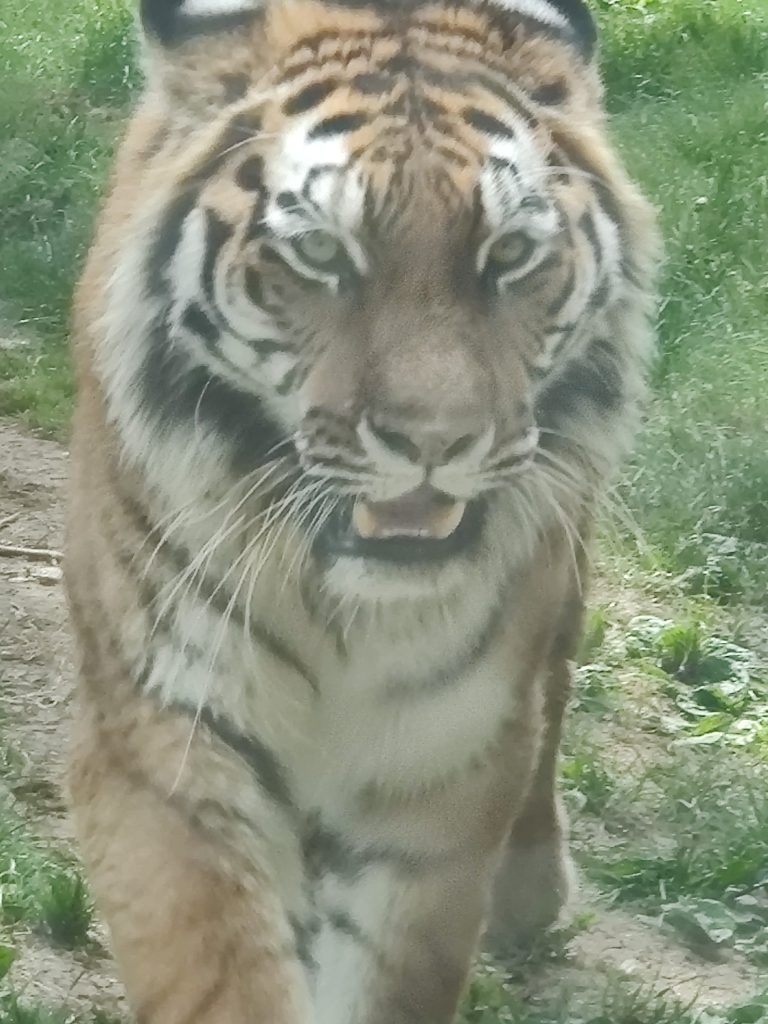 50 years ago, Africa was estimated to have 700,000 the current number is nearer to 50,000 (the 700,000 figure came from a study in 1988, estimates vary widely, when I have written all my African leopard pages, I will give an estimate based on all the country estimates (it should be noted, however that this may be no more accurate). This is not evenly spread, such that while 34 countries are thought to still host them. It should be noted, that the so called Barbary leopard is included in this subspecies. While there is still much debate (not least the suggestion that the Sahara might have stopped gene from from the Barbary region to the rest of Africa. In a similar way, there is discussion on a variety of different populations of leopards, but these will not get their own tab, until they are declared as recognized subspecies (there was, at one time as many as 37 claimed different subspecies of leopard spread across Africa and Asia, many were lost, when the genetic differences were found to be so small).
50 years ago, Africa was estimated to have 700,000 the current number is nearer to 50,000 (the 700,000 figure came from a study in 1988, estimates vary widely, when I have written all my African leopard pages, I will give an estimate based on all the country estimates (it should be noted, however that this may be no more accurate). This is not evenly spread, such that while 34 countries are thought to still host them. It should be noted, that the so called Barbary leopard is included in this subspecies. While there is still much debate (not least the suggestion that the Sahara might have stopped gene from from the Barbary region to the rest of Africa. In a similar way, there is discussion on a variety of different populations of leopards, but these will not get their own tab, until they are declared as recognized subspecies (there was, at one time as many as 37 claimed different subspecies of leopard spread across Africa and Asia, many were lost, when the genetic differences were found to be so small).
Now, obviously, the decline from 700,000 leopards to just 50,000 has been substantial, which suggests a potential for recovery, however the majority of these would have roamed outside protected lands, and with an increased population (the human population has tripled in the last 50 years, from just over 400 million to over 1.2 billion in the same time. As such, much wilderness has been lost to human habitation and crop growing. As you can see, Leopards have declined a great deal more, around the edge of the Sahara, than anywhere else. It should be noted, that many range maps cover the majority of sub-Saharan Africa as Leopard range, when this is clearly not the case.
It is listed as Vulnerable by CITES with a current population of estimated 50,000. Its decline and future threats come down to a number of issues:
- African Leopard have suffered from habitat loss and fragmentation, increased illegal wildlife trade, decline in prey and poorly managed trophy hunting.
- Prey species are increasingly under threat as a result of the unsustainable human bushmeat trade across large parts of Africa’s savannas (if we eat the leopards prey, then they cannot). Leopards are also killed illegally for their widely sought-after skins and other body parts used for ceremonial purposes.
- African Leopard have limited levels of ecological resilience to human-caused habitat fragmentation, and as a result are more restricted to conservation areas – future decline is anticipated unless conservation efforts are undertaken. Being apex predators they each need quite some space (even in good habitat, at least 5 square miles) and a viable population is usually considered at least 100 animals, many protected areas are too small, requiring Leopards to leave the reserve and cross the human landscape in order to reach others.
While in theory, hunting areas (where these Leopards can be shot for sport) are well managed and large enough to have self-sustaining populations, this is not always the case.
Zambia and
South Africa have both banned hunting in recent years, but before this, there were a number of hunting areas that bordered places like the Kruger, then when the leopard crosses a line it can be shot. The ban in South Africa only lasted 2 years, between 2016 and 2018, however, at the moment South Africa is only allowed to hunt 150 per years, which is unlikely to effect the population.
Tanzania,
Zimbabwe,
Namibia and
Mozambique all still have hunting operations, but these vary in how safe the population is.
Apart from the 2 destinations at the top of the page, a longer list is coming, which will be at the bottom of the page.The largest leopard populations include:
South Luangwa and the Southern KAZA tranfrontier park are both areas of Zambia, that are particularly good for wild Leopards;
Despite the continuing loss of lions, large parts of Kenya still have impressively high densities of leopards (as high as 1 every 3 square miles), though the fact that in many of these areas, there are no lions, it is perhaps not surprising that the leopard is more common.
Other protected areas with leopard populations include: Taï National Park (Ivory coast), Etosha National Park (Namibia), Virunga National Park (democratic republic of the Congo, and Kruger National Park (South Africa).
Indeed, virtually the only natural habitat which leopards do not live in is very sandy deserts.
Given the complexity and range of this subspecies of Leopard, I will deal with each country in turn





 Image by
Image by 





 50 years ago, Africa was estimated to have 700,000 the current number is nearer to 50,000 (the 700,000 figure came from a study in 1988, estimates vary widely, when I have written all my African leopard pages, I will give an estimate based on all the country estimates (it should be noted, however that this may be no more accurate). This is not evenly spread, such that while 34 countries are thought to still host them. It should be noted, that the so called Barbary leopard is included in this subspecies. While there is still much debate (not least the suggestion that the Sahara might have stopped gene from from the Barbary region to the rest of Africa. In a similar way, there is discussion on a variety of different populations of leopards, but these will not get their own tab, until they are declared as recognized subspecies (there was, at one time as many as 37 claimed different subspecies of leopard spread across Africa and Asia, many were lost, when the genetic differences were found to be so small).
50 years ago, Africa was estimated to have 700,000 the current number is nearer to 50,000 (the 700,000 figure came from a study in 1988, estimates vary widely, when I have written all my African leopard pages, I will give an estimate based on all the country estimates (it should be noted, however that this may be no more accurate). This is not evenly spread, such that while 34 countries are thought to still host them. It should be noted, that the so called Barbary leopard is included in this subspecies. While there is still much debate (not least the suggestion that the Sahara might have stopped gene from from the Barbary region to the rest of Africa. In a similar way, there is discussion on a variety of different populations of leopards, but these will not get their own tab, until they are declared as recognized subspecies (there was, at one time as many as 37 claimed different subspecies of leopard spread across Africa and Asia, many were lost, when the genetic differences were found to be so small).





 The number of Indian leopards in the wild is a worryingly low number. Some places suggest around 9500, while others suggest 12,000-14,000 (remember that the area of India is 10% of Africa, so this is far better by area.
The number of Indian leopards in the wild is a worryingly low number. Some places suggest around 9500, while others suggest 12,000-14,000 (remember that the area of India is 10% of Africa, so this is far better by area.





 In 2008, the size of this subspecies left in the wild was thought to be between 45 and 200. As such, it is perhaps not surprising that this subspecies has been critically endangered since 1996.
In 2008, the size of this subspecies left in the wild was thought to be between 45 and 200. As such, it is perhaps not surprising that this subspecies has been critically endangered since 1996.
 Caucasian (also called Persian) Leopard)
Caucasian (also called Persian) Leopard) 

 Only described in 1956, they are relatively similar to the Indian Leopard, and were thought to be part of that subspecies until then. There are only 800 of this subspecies of leopard, and they were listed as vulnerable in 2020, and unfortunately it is thought to still be declining. It is thought, that as a result of being the apex predator on the island, they have got bigger.
Only described in 1956, they are relatively similar to the Indian Leopard, and were thought to be part of that subspecies until then. There are only 800 of this subspecies of leopard, and they were listed as vulnerable in 2020, and unfortunately it is thought to still be declining. It is thought, that as a result of being the apex predator on the island, they have got bigger.



 Records from before 1930 suggest that this species of Leopard used to live near Beijing and in the mountains to the North-west. The wild population is estimated at around 110, so is one of the more endangered leopard species in the world. It is thought that this population and the Amur Leopard species were connected until just a few hundred years ago. As such, it may well be possible to boost genetic variability if that were to become necessary.
Records from before 1930 suggest that this species of Leopard used to live near Beijing and in the mountains to the North-west. The wild population is estimated at around 110, so is one of the more endangered leopard species in the world. It is thought that this population and the Amur Leopard species were connected until just a few hundred years ago. As such, it may well be possible to boost genetic variability if that were to become necessary.
 Like many cats – both big and lesser cats, they have rare colourings. These are not separate species, instead they are either melanistic, or albino.
Like many cats – both big and lesser cats, they have rare colourings. These are not separate species, instead they are either melanistic, or albino.





















